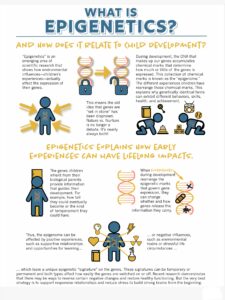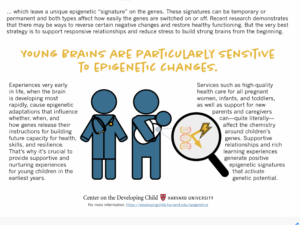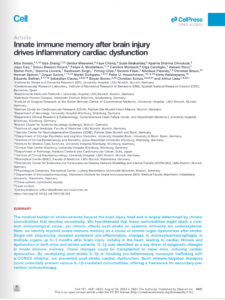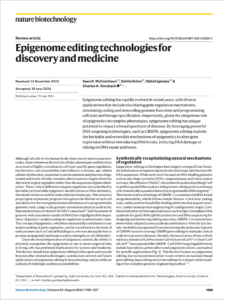HYPOTHESIS AND THEORY article
Background: “Imagination represents a pivotal capability of human intelligence. To develop human-like artificial intelligence, uncovering the computational architecture pertinent to imaginative capabilities through reverse engineering the brain’s computational functions is essential. The existing Structure-Constrained Interface Decomposition (SCID) method, leverages the anatomical structure of the brain to extract computational architecture. However, its efficacy is limited to narrow brain regions, making it unsuitable for realizing the function of imagination, which involves diverse brain areas such as the neocortex, basal ganglia, thalamus, and hippocampus.
Objective: In this study, we proposed the Function-Oriented SCID method, an advancement over the existing SCID method, comprising four steps designed for reverse engineering broader brain areas. This method was applied to the brain’s imaginative capabilities to design a hypothetical computational architecture. The implementation began with defining the human imaginative ability that we aspire to simulate. Subsequently, six critical requirements necessary for actualizing the defined imagination were identified. Constraints were established considering the unique representational capacity and the singularity of the neocortex’s modes, a distributed memory structure responsible for executing imaginative functions. In line with these constraints, we developed five distinct functions to fulfill the requirements. We allocated specific components for each function, followed by an architectural proposal aligning each component with a corresponding brain organ.
Results: In the proposed architecture, the distributed memory component, associated with the neocortex, realizes the representation and execution function; the imaginary zone maker component, associated with the claustrum, accomplishes the dynamic-zone partitioning function; the routing conductor component, linked with the complex of thalamus and basal ganglia, performs the manipulation function; the mode memory component, related to the specific agranular neocortical area executes the mode maintenance function; and the recorder component, affiliated with the hippocampal formation, handles the history management function. Thus, we have provided a fundamental cognitive architecture of the brain that comprehensively covers the brain’s imaginative capacities.
1 Introduction
Imagination is the ability to generate patterns that differ from reality, utilizing representational elements that correspond to elements in the environment acquired through experience. For intellectual systems, imagination is crucial, as it is necessary for generating hypotheses for situations that cannot be directly experienced. Furthermore, imagination forms the foundation of all meaning, understanding, and inference (Johnson, 2013). It is believed that the imaginative capabilities present in modern humans were acquired during the “Great Leap Forward,” approximately 70,000 years ago (Diamond, 1992). Given that imagination is a core function in intelligence, designing an architecture for imagination is highly beneficial for developing brain-like artificial intelligence and for the computational understanding of the brain. Here, the term “architecture” refers to a description of a system in which multiple computationally meaningful components are organically connected, thereby forming the design information for the software. …”




